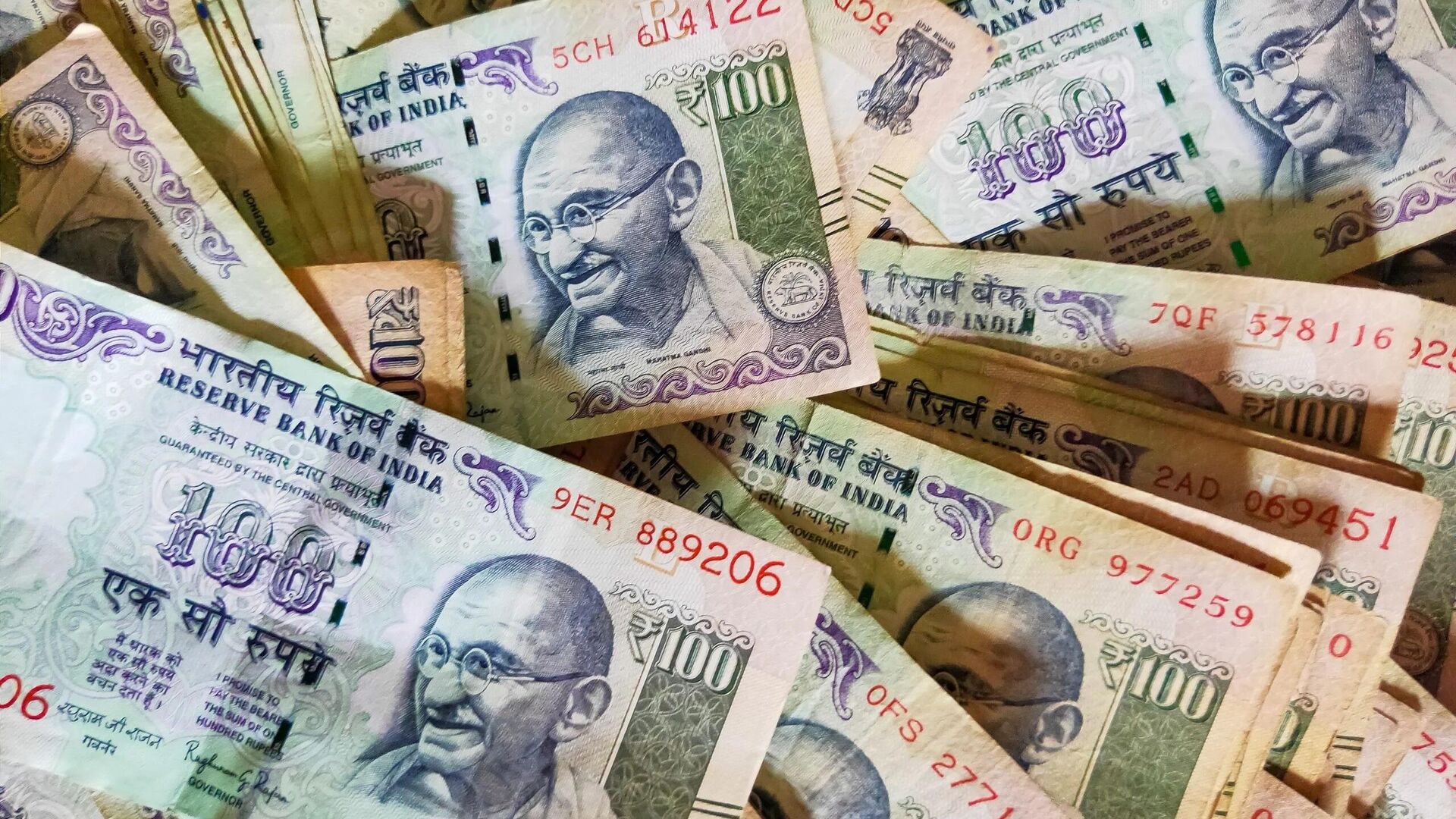https://sputnikglobe.com/20220808/india-introduces-rupee-trade-to-reduce-dependence-on-hard-currency-finance-minister-says-1099376239.html
India Introduces Rupee Trade to Reduce Dependence on 'Hard Currency,' Finance Minister Says
India Introduces Rupee Trade to Reduce Dependence on 'Hard Currency,' Finance Minister Says
Sputnik International
India's most common hard currencies for trade are the US dollar, British pound, and the euro. Last month, the Reserve Bank of India (RBI) allowed international... 08.08.2022, Sputnik International
2022-08-08T11:33+0000
2022-08-08T11:33+0000
2023-03-05T11:35+0000
dedollarisation
dollar
rupee
nirmala sitharaman
finance ministry
iran
russia
trade deficit
india
reserve bank of india
https://cdn1.img.sputnikglobe.com/img/07e6/08/05/1098148754_0:241:2560:1681_1920x0_80_0_0_dbb4d88ed538706715778858563624ee.jpg
Indian Finance Minister Nirmala Sitharaman on Monday said that allowing invoicing and payments for international trade in the Indian rupee (INR) could help the country reduce the ballooning trade deficit.The decision was made to promote global trade growth with an emphasis on exports from India and to support the increasing interest of the international trading community in the INR.On Friday, T. Rabi Sankar, RBI deputy governor, said that the central bank had received requests from large banks to open Vostro accounts in India. The arrangement facilitates trading in the national currency.The Finance Ministry and the central bank did not name any particular country that would benefit most from the new arrangements. Experts suggest that countries like Russia, Iran, and Venezuela, facing severe Western sanctions, would prefer to conduct trade under this new mechanism. Developing or under-developed countries impacted due to the strengthening of the US dollar may also choose settlement in the Indian rupee to avert a foreign exchange crisis.Due to the rise in the US dollar's value against the INR and the increased prices of commodities, India's trade deficit reached a record $31 billion, against $25.6 billion in June, and $100 billion for the first four months of the financial year ending March 2023.
iran
russia
Sputnik International
feedback@sputniknews.com
+74956456601
MIA „Rosiya Segodnya“
2022
Rishikesh Kumar
https://cdn1.img.sputnikglobe.com/img/07e4/08/04/1080055820_0:0:388:389_100x100_80_0_0_40018ee210946d65d49ffba4f4c008e1.jpg
Rishikesh Kumar
https://cdn1.img.sputnikglobe.com/img/07e4/08/04/1080055820_0:0:388:389_100x100_80_0_0_40018ee210946d65d49ffba4f4c008e1.jpg
News
en_EN
Sputnik International
feedback@sputniknews.com
+74956456601
MIA „Rosiya Segodnya“
Sputnik International
feedback@sputniknews.com
+74956456601
MIA „Rosiya Segodnya“
Rishikesh Kumar
https://cdn1.img.sputnikglobe.com/img/07e4/08/04/1080055820_0:0:388:389_100x100_80_0_0_40018ee210946d65d49ffba4f4c008e1.jpg
dedollarisation, dollar, rupee, nirmala sitharaman, finance ministry, iran, russia, trade deficit, india, reserve bank of india, trade
dedollarisation, dollar, rupee, nirmala sitharaman, finance ministry, iran, russia, trade deficit, india, reserve bank of india, trade
India Introduces Rupee Trade to Reduce Dependence on 'Hard Currency,' Finance Minister Says
11:33 GMT 08.08.2022 (Updated: 11:35 GMT 05.03.2023) India's most common hard currencies for trade are the US dollar, British pound, and the euro. Last month, the Reserve Bank of India (RBI) allowed international trade to be settled in Indian rupees, as Western states previously slapped sanctions on Russia, Iran, and several Latin American countries with whom Delhi has a substantial trade.
Indian Finance Minister Nirmala Sitharaman on Monday said that allowing invoicing and payments for international trade in the Indian rupee (INR) could help the country reduce the ballooning trade deficit.
The decision was made to promote global trade growth with an emphasis on exports from India and to support the increasing interest of the international trading community in the INR.
"RBI has put in place the arrangement in order to promote growth of global trade by reducing the dependence on hard currency, with emphasis on exports from India," Sitharaman said. To settle trade deals in rupees, Indian commercial banks need to open "Special Rupee Vostro" accounts for the partner trading country's bank.
On Friday, T. Rabi Sankar, RBI deputy governor, said that the central bank had received requests from large banks to open Vostro accounts in India. The arrangement facilitates trading in the national currency.
The Finance Ministry and the central bank did not name any particular country that would benefit most from the new arrangements. Experts
suggest that countries like Russia, Iran, and Venezuela, facing severe Western sanctions, would prefer to conduct trade under this new mechanism.
Developing or under-developed countries impacted due to the strengthening of the US dollar may also choose settlement in the Indian rupee to avert a foreign exchange crisis.
Due to the rise in the US dollar's value against the INR and the increased prices of commodities, India's trade deficit reached a record $31 billion, against $25.6 billion in June, and $100 billion for the first four months of the financial year ending March 2023.




